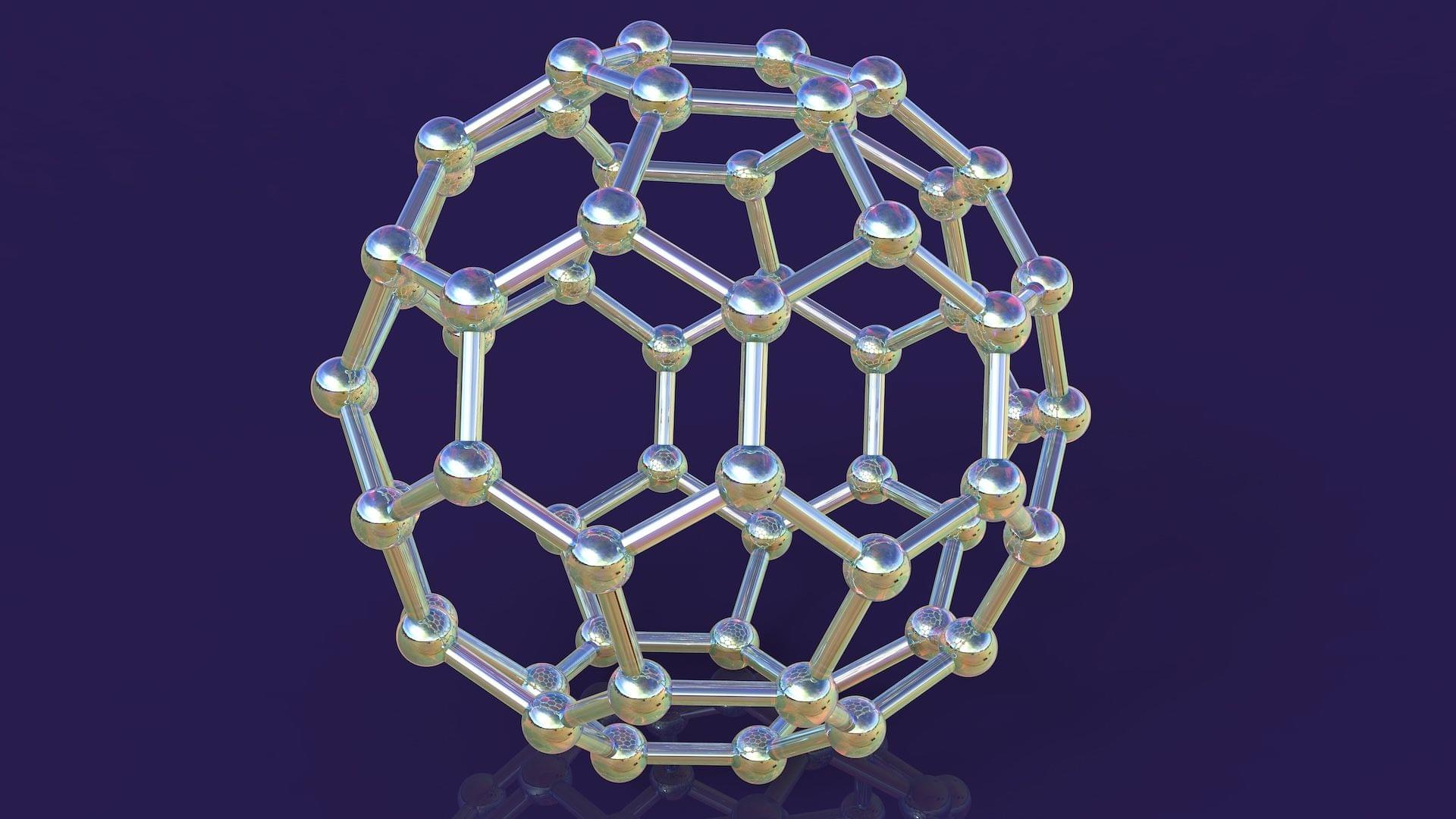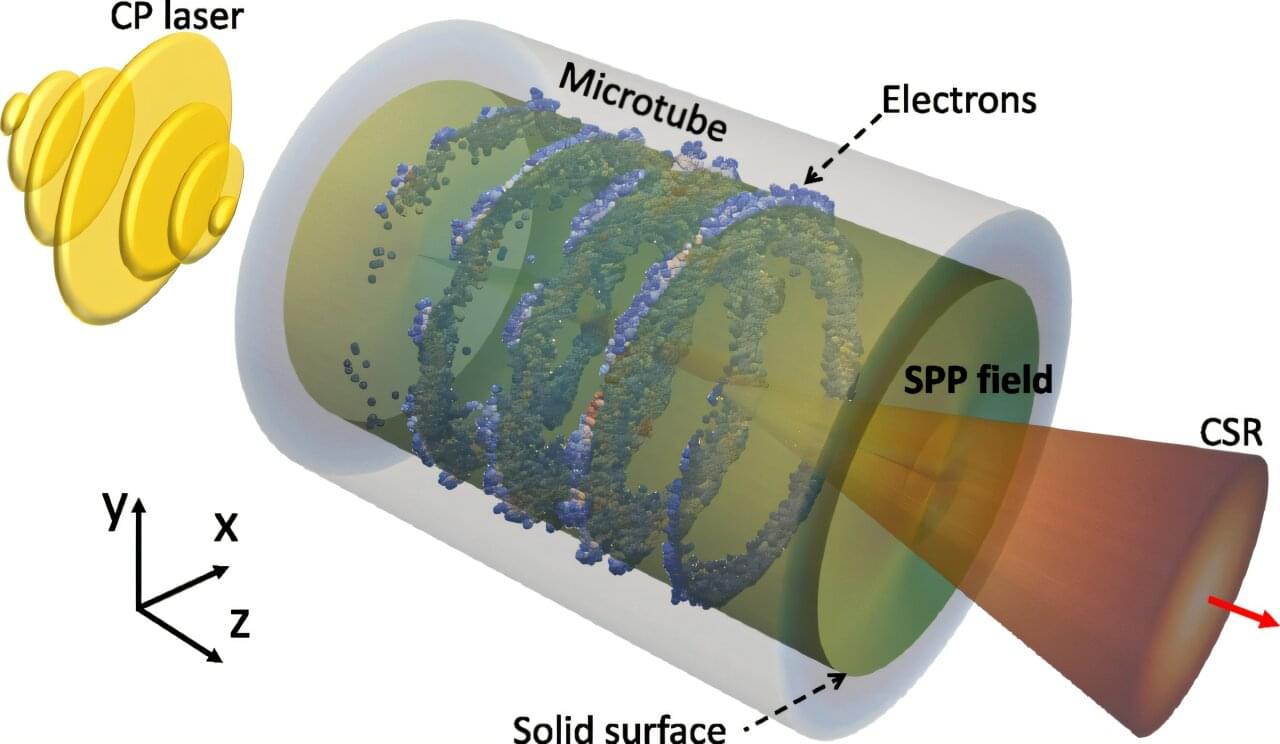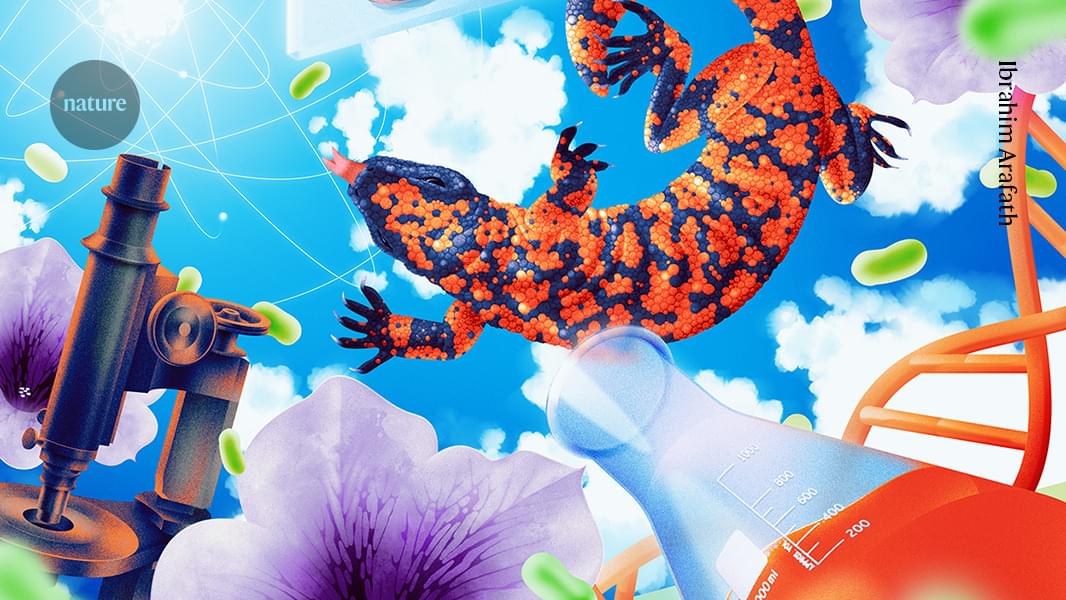New research from the University of Waterloo is making inroads on one of the biggest problems in theoretical computer science. But the way to do it, according to Cameron Seth, a Ph.D. researcher working in the field of algorithmic approximation, is by breaking the problem down into smaller pieces.
“Everyone working in computer science and mathematics knows about the ‘P vs. NP’ problem,” Seth says. “It’s one of the notorious Millennium Prize Problems: so famous and so difficult that solving one will earn you a million dollars.”
To understand the crux of the “P vs. NP” problem, imagine an enormous jigsaw puzzle or a Sudoku puzzle. It would be a “P” problem if it could be solved relatively quickly by a computer, whereas they would be an “NP” problem if they were extremely difficult to solve, but a provided solution could be quickly verified.





